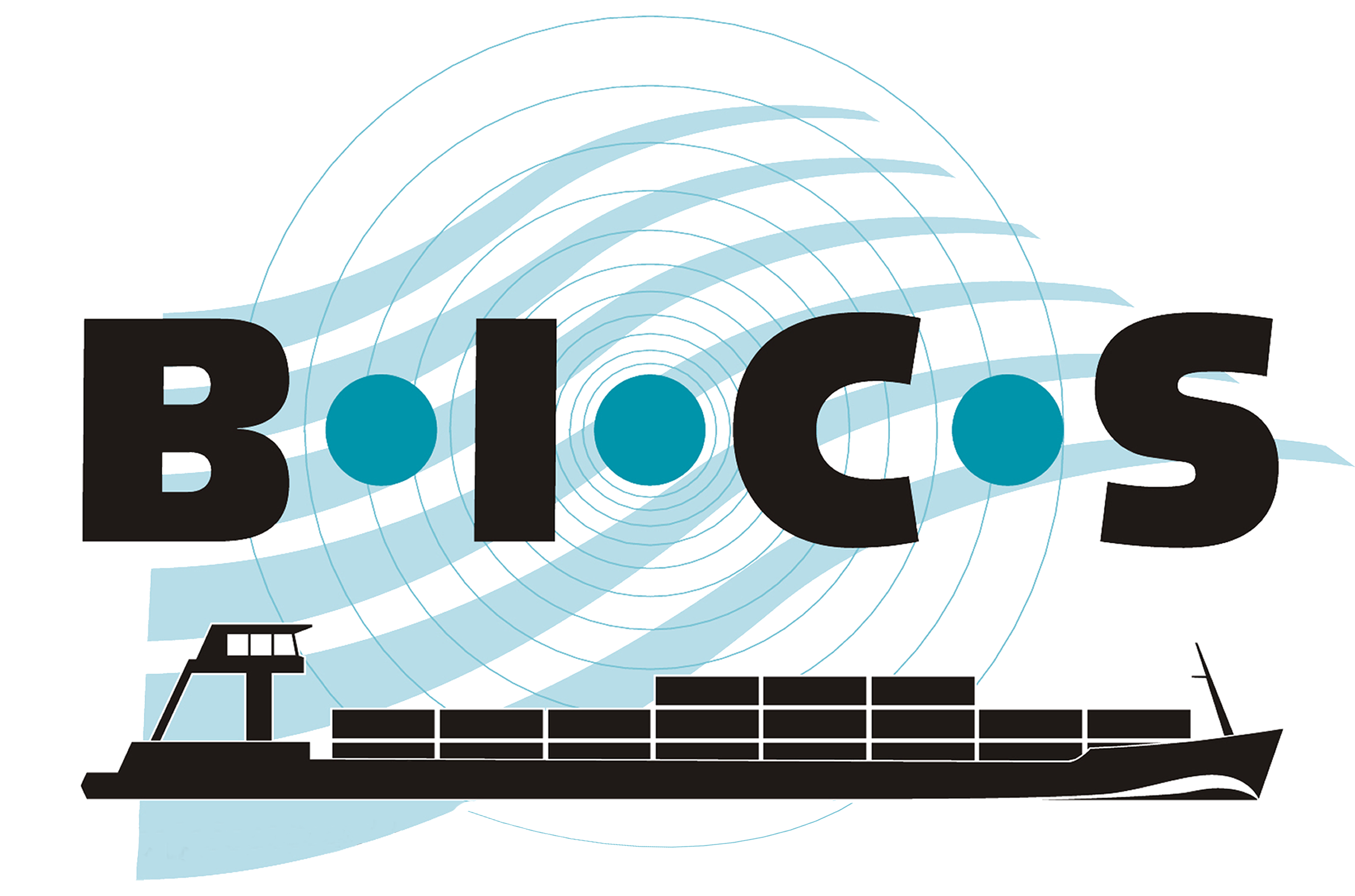![]() This instruction card concerns the reporting of dangerous liquid cargoes in tankers, where previous cargoes may affect signaling (cones). It outlines how tankers should enter their cargo data into the BICS application so that the application takes previous cargoes into account when calculating signaling.
This instruction card concerns the reporting of dangerous liquid cargoes in tankers, where previous cargoes may affect signaling (cones). It outlines how tankers should enter their cargo data into the BICS application so that the application takes previous cargoes into account when calculating signaling.
1. Regulations
Various regulations and guidelines stipulate that previous cargoes must be considered when calculating signaling for tankers. If one or more tanks of your tanker have not been cleaned or degassed of certain substances, such as gasoline, this must be considered when determining the signaling for the next cargo. The exact regulations are specified in the ADN (ADN 7.1.5.0.2 and ADN 7.2.5.0.1).
2. Calculating Signaling with BICS
The BICS application does not automatically account for previous cargoes in signaling because it lacks information about whether the cargo tanks have been cleaned. To achieve an accurate signaling calculation in BICS, the following procedure is recommended:
2.1 Enter the Current Cargo
Enter the applicable origin and destination for the new trip and input the current cargo in the section where goods are added (for example, UN1202 Diesel Oil/Gas Oil). When you let the BICS application calculate the signaling, it will indicate that 0 cones need to be displayed. Note: this is not correct in some cases.
2.2 Enter the Previous Cargo
To enter the previous cargo, open a new cargo line ("+ Add Goods") and input the previous cargo (for example, UN1203 Gasoline). In the BICS application, you can indicate that your cargo tanks are empty of this cargo by checking "Empty of".
If you use another application to report electronically, such as trip planning software or electronic charts, you can enter '0' as the weight for this cargo line to include the substance in the signaling calculation. Then add the cargo.
2.3 Recalculate Signaling
Have BICS recalculate the signaling, including the previous cargo (UN1203 Gasoline). Accept the calculated value and then report the voyage. The signaling calculated by BICS now complies with the applicable ADN regulations.
3. BICS Integrated into Another Application?
Some voyage planners or electronic navigation charts allow you to send an electronic report with voyage and cargo data from within the application. These applications often use BICS in the background. To ensure correct signaling calculation, you need to add an extra cargo line (with a weight of 0 kg) for the last cargo. This will be included in the signaling calculation.
